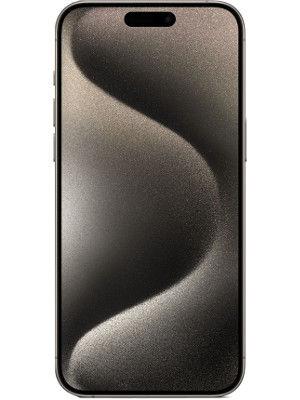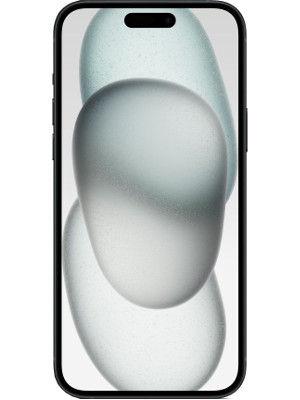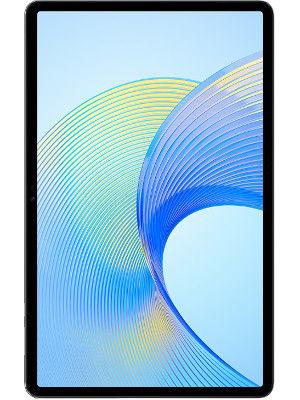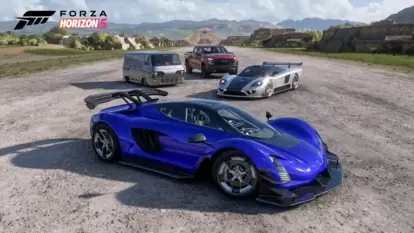'Mini-satellites' to work as traffic police in space
In a bid to avoid collisions between satellites and space debris, scientists are now using mini-satellites that work as 'space cops' to help control traffic up in the sky.
In a bid to avoid collisions between satellites and space debris, scientists are now using mini-satellites that work as 'space cops' to help control traffic up in the sky.
Scientists at California-based Lawrence Livermore National Laboratory used a series of six images over a 60-hour period taken from a ground-based satellite.
They found that it is possible to refine the orbit of another satellite in low-earth orbit.
'Our mini-satellites would be orbiting and making the same sort of observations to help prevent satellite-on-satellite and satellite-on-debris collisions in space,' said Lance Simms, lead author.
Using the ground-based satellite, the Livermore team refined the orbit of the satellite 'NORAD 27006', based on the first four observations made within the initial 24 hours, and predicted NORAD's trajectory to within less than 50 metres over the following 36 hours.
By refining the trajectory of 'NORAD 27006' with their ground-based payload, the team believes they would be able to do the same thing for other satellites and debris once their payload is orbiting earth, said the study published in the Journal of Small Satellites.
To help satellite operators prevent collisions in space, the Space-Based Telescopes for Actionable Refinement of Ephemeris (STARE), mission - led by Wim de Vries with Vincent Riot as lead engineer - intends to refine orbits of satellites and space debris to less than 100 metres.
'This leads credence to the capability of STARE to accomplish its mission objectives,' De Vries said.
The STARE mission aims to reduce the 1-km uncertainty down to 100 metres or smaller to reduce the number of collisions, added Riot.
The Livermore team were able to reduce the uncertainty to 50 metres - well below the 100-metre goal.
Accurately predicting the location of a satellite in low-earth orbit at any given time is difficult mainly because of the uncertainty in the quantities needed for the equations of motion, the study said.
Catch all the Latest Tech News, Mobile News, Laptop News, Gaming news, Wearables News , How To News, also keep up with us on Whatsapp channel,Twitter, Facebook, Google News, and Instagram. For our latest videos, subscribe to our YouTube channel.































